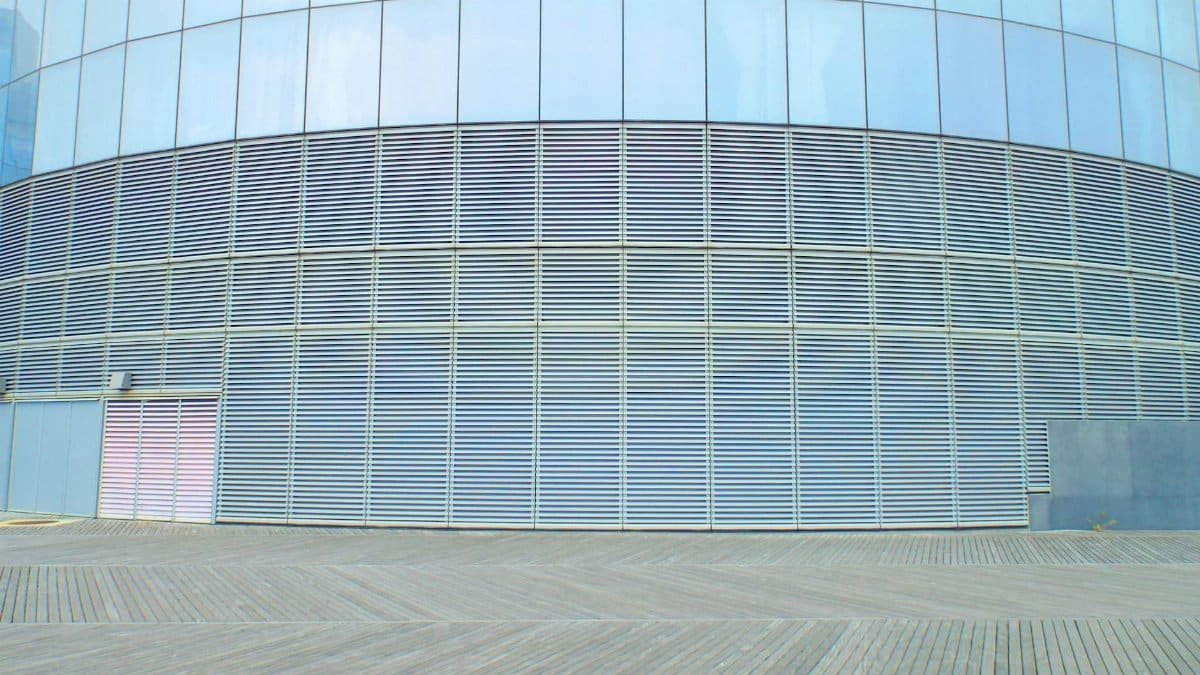Imagine a skyline where every gleaming window doubles as a power source. In cities like San Diego and Boston, this vision is inching closer to reality. Solar windows—glass panels that generate electricity while letting light through—have long been a futuristic dream, hampered by high costs. But a seismic shift is underway. Solar windows pricing parity, the point where these innovative panels match or undercut the cost of traditional building materials, has arrived for commercial applications. This isn’t just a tech milestone; it’s a signal that sustainable architecture could soon be the default, not the exception. As energy prices fluctuate and climate goals tighten, the implications ripple from corporate boardrooms to urban planning offices. How did we get here, and what does this mean for the way we build and live?
The Breakthrough Behind the Price Drop

For years, solar windows were a niche experiment, their price tags ballooning due to complex manufacturing and rare materials like indium. Early adopters—think tech-forward campuses or green-obsessed startups—paid premiums for the prestige of energy-generating glass. But recent advancements have slashed costs. Thin-film photovoltaic tech, which embeds solar cells into glass without bulky hardware, has matured. Production scales have ramped up, especially in the U.S. and Europe, where companies are streamlining supply chains. A 2024 report from the National Renewable Energy Laboratory (NREL) notes that manufacturing costs for solar-integrated building materials dropped by nearly 30% in just three years. This isn’t abstract science—it’s the kind of progress that turns a luxury into a viable option for mid-sized office towers.
Consider a developer in Chicago weighing options for a new high-rise. Just five years ago, solar windows might have added millions to the budget. Today, the math looks different. With parity achieved, the upfront cost aligns with standard glazing, while long-term energy savings tip the scales. It’s a quiet revolution, one spreadsheet at a time.
Why Commercial Buildings Lead the Charge

Commercial real estate, with its vast square footage of glass, is the natural testing ground for solar windows. Skyscrapers and office parks guzzle energy—lighting, HVAC, elevators—and their expansive facades are ideal for capturing sunlight. Property managers are increasingly under pressure to meet sustainability mandates, especially in states like California with strict net-zero building codes. A study by the U.S. Department of Energy found that commercial buildings account for 36% of national electricity use. Solar windows offer a dual win: cutting bills and boosting green credentials.
One property manager, speaking anonymously, shared a telling snapshot. After retrofitting a midtown Manhattan building with solar glass last year, their energy costs dipped by 18%. “It’s not just savings,” they said. “Tenants now ask about sustainability before signing leases.” This demand-side push is accelerating adoption, making solar windows pricing parity not just a milestone but a market driver.
Challenges in Scaling Beyond the Corporate Sphere

While commercial projects celebrate solar windows pricing parity, residential adoption lags. Homeowners face steeper hurdles—smaller budgets, less surface area to offset costs, and a patchwork of local regulations. Retrofitting an older home with solar glass can still cost thousands more than standard windows, even with prices dropping. And unlike corporate entities, individuals can’t always leverage tax incentives or bulk discounts. Data from the Solar Energy Industries Association (SEIA) shows that while commercial solar integration grew by 22% in 2024, residential uptake crept up by just 9%.
Then there’s the aesthetic factor. Solar windows often have a tinted or slightly opaque look, which doesn’t suit every home’s style. One online discussion captured a homeowner’s frustration: they loved the concept but balked at how the panels clashed with their colonial facade. Until design options expand and costs dip further, the dream of solar-powered suburbs remains just out of reach.
The Role of Policy in Pushing Parity Further

Government intervention has been a linchpin in driving solar windows pricing parity. Federal tax credits under the Inflation Reduction Act have incentivized developers to experiment with building-integrated photovoltaics. State-level programs, like New York’s ambitious clean energy grants, sweeten the deal for commercial projects. A detailed analysis by Pew Research Center highlights that policy support has cut effective costs for renewable tech by up to 40% in some sectors since 2020. Without these carrots—and occasional sticks like carbon taxes—progress would stall.
Yet policies aren’t uniform. Rural areas or states with less aggressive climate goals often lack comparable incentives, creating a geographic divide. Urban centers reap the benefits of parity while smaller towns wait. Bridging this gap will require more than market forces; it demands targeted, inclusive legislation in 2025 and beyond.
Environmental Gains Versus Economic Realities

The environmental case for solar windows is airtight. Buildings equipped with these panels can slash carbon footprints, especially in energy-hungry urban grids. If a single mid-rise cuts electricity use by 20%, multiply that across a city, and the impact is staggering. Reduced reliance on fossil fuels aligns with national climate targets, a pressing concern as extreme weather events intensify. But economics can’t be ignored. Even with pricing parity, installation and maintenance aren’t free. For cash-strapped developers or small businesses, the initial outlay—parity or not—can deter adoption.
There’s also the question of lifecycle costs. Solar windows degrade over decades, losing efficiency. Replacing them isn’t cheap. Balancing green ambitions with fiscal pragmatism remains a tightrope walk, one that stakeholders are still learning to navigate as the technology scales.
Looking Ahead to Wider Accessibility

What happens next? Solar windows pricing parity in the commercial sector is a foothold, but the real test is democratization. Innovations in manufacturing—like printable solar cells or recyclable materials—could push costs even lower. Partnerships between tech firms and builders are already piloting projects in mid-tier markets, not just coastal metropolises. The goal is clear: make solar glass as commonplace as double-pane windows.
Picture a future where a school in rural Ohio or a strip mall in Nevada sports energy-generating facades without breaking the bank. That’s the promise of parity—not just matching costs, but reshaping how we think about energy and architecture. As 2025 unfolds, the story of solar windows will be one of grit, innovation, and the slow, steady march toward a cleaner world. It’s not a question of if, but how fast.

A certified hypnotherapist, Reiki practitioner, sound healer, and MBCT trainer, Christopher guides our journey into the spiritual dimension, helping you tap into a deeper sense of peace and awareness.
Disclaimer
The content on this post is for informational purposes only. It is not intended as a substitute for professional health or financial advice. Always seek the guidance of a qualified professional with any questions you may have regarding your health or finances. All information is provided by FulfilledHumans.com (a brand of EgoEase LLC) and is not guaranteed to be complete, accurate, or reliable.
